Vertical Tile Cladding
Building Guidelines Tiling, Slating
The frost resistance criteria may be moderated for vertical hung tiles especially where the wall is protected by wide eaves overhanging. Concrete tiles for vertical wall hanging should be to BS EN 490. The standard for natural slates is BS EN 12326. The quality or durability of different types of natural slates are not readily distinguished.
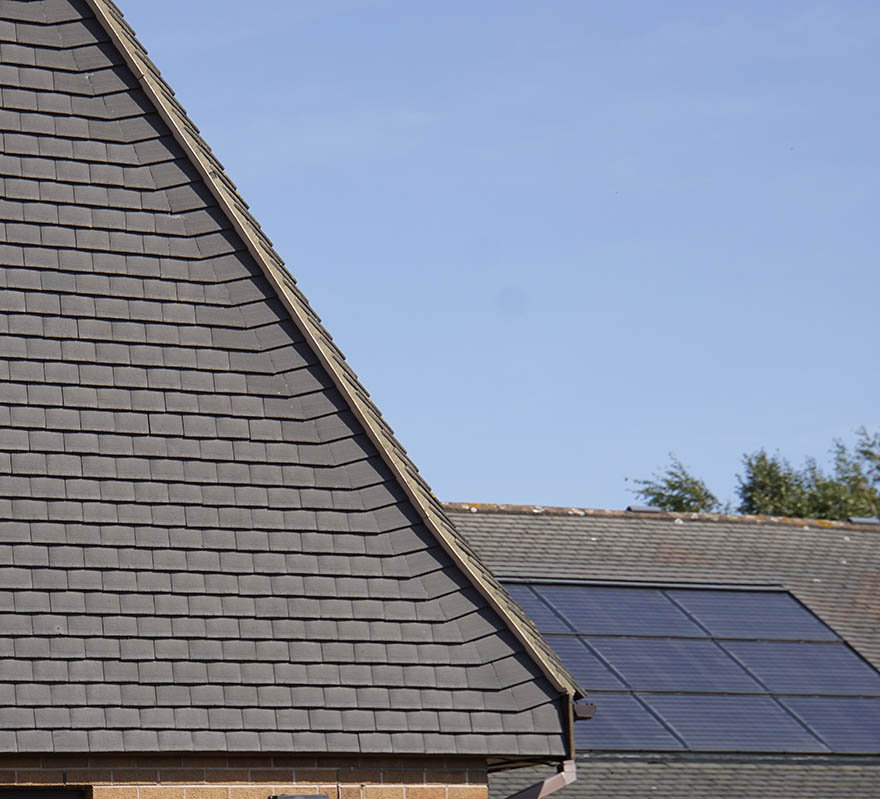
Vertical plain tiling Roofing Cladding & Insulation Magazine (RCI)
A short history. The mellow colours and gentle unevenness of vertically hung tiling, which comprises plain roof tiles or decorative versions, provides an attractive cladding for many old walls and other upright surfaces. Initially devised to protect timber-frame buildings from bad weather, particularly driving rain, the use of vertical tiling.
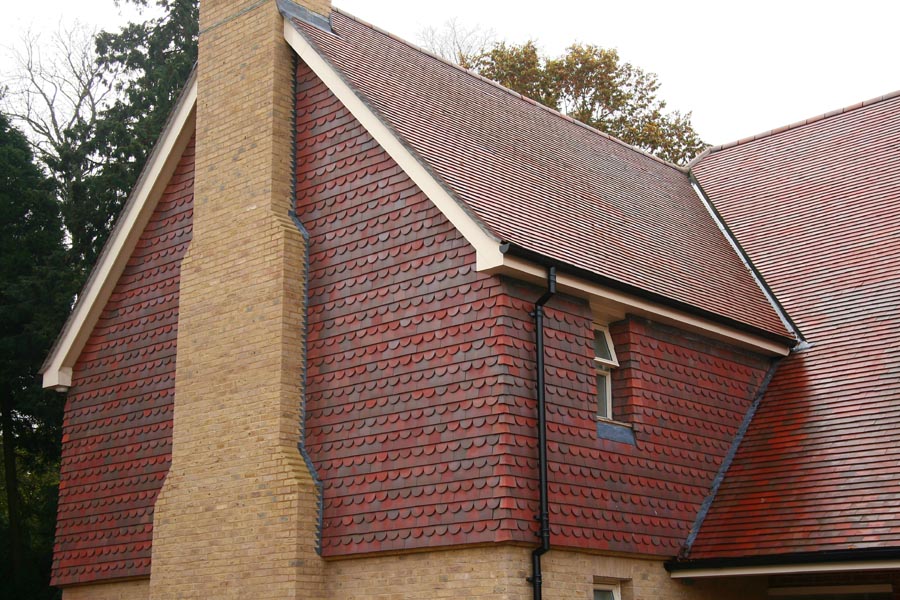
A Gallery of Vertical Tiling with Dreadnought Tiles
A vertical garden is a plant-growing panel hanging vertically from the ceiling. These one-of-a-kind structures can be freestanding or connected to a wall and are known by a variety of names, including living green walls, plant walls, or moss walls. These vertical plant structures can be as small as a picture frame or as large as an entire wall.
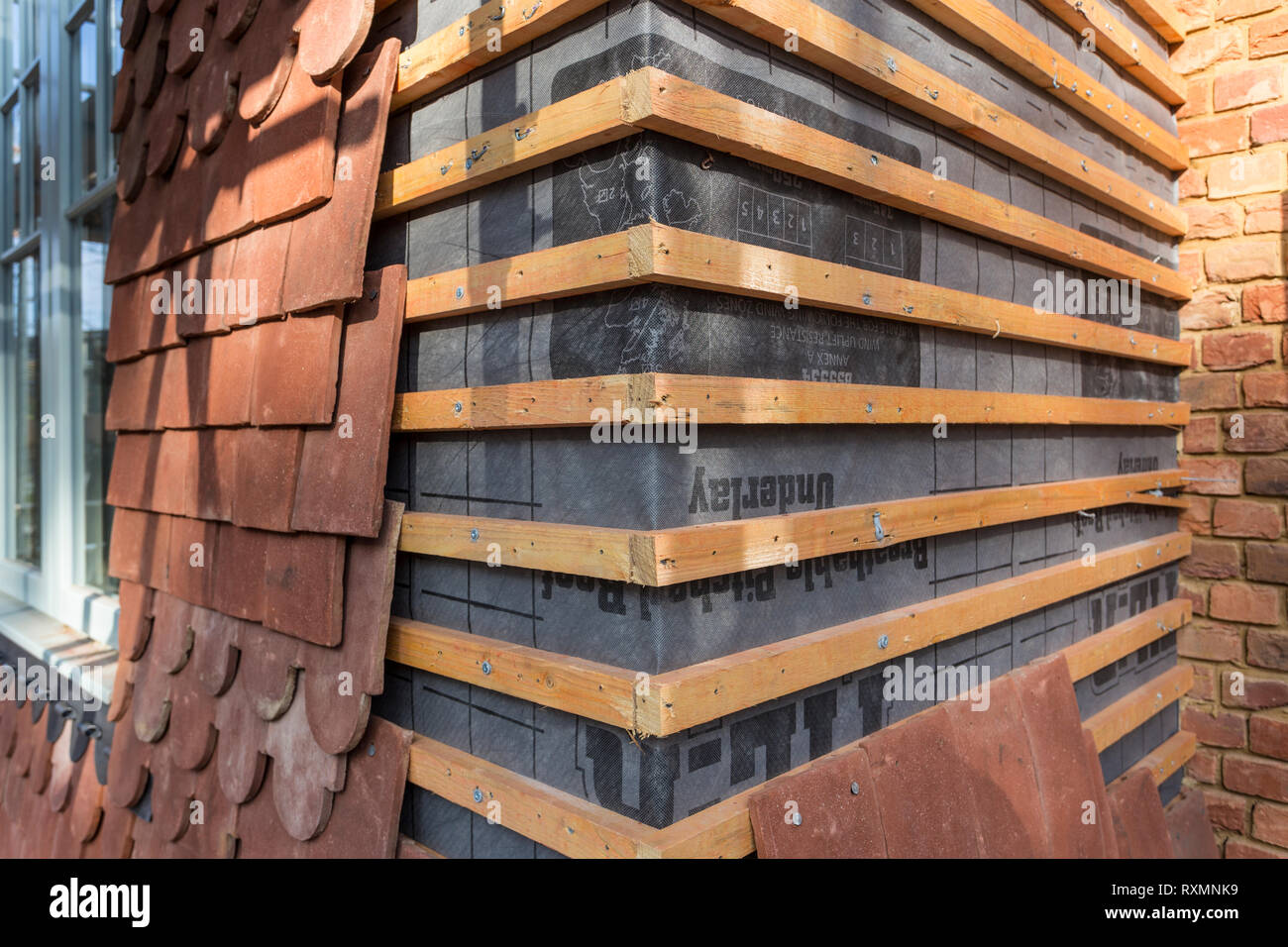
Fancy flashing on roof hires stock photography and images Alamy
Here are some of the benefits of hanging drywall vertically: Stronger joints: When drywall is hung vertically, the seams between the sheets are stronger and less prone to cracking. Better fit: Vertical hanging allows the drywall to fit more tightly between the wall studs, reducing the amount of mud and tape required to cover the seams.

Vertical Bathroom Tiles A Guide To Interior Design Choice Trim
Hanging tile cladding (also known as vertical tiles), is the practice of fitting roofing tiles to exterior walls. This finish helps to create a seamless divide between the roof and the fascia of the home. Hanging tile cladding was a popular style for British homes in the late 20th century, with many houses up and down the country still using it.
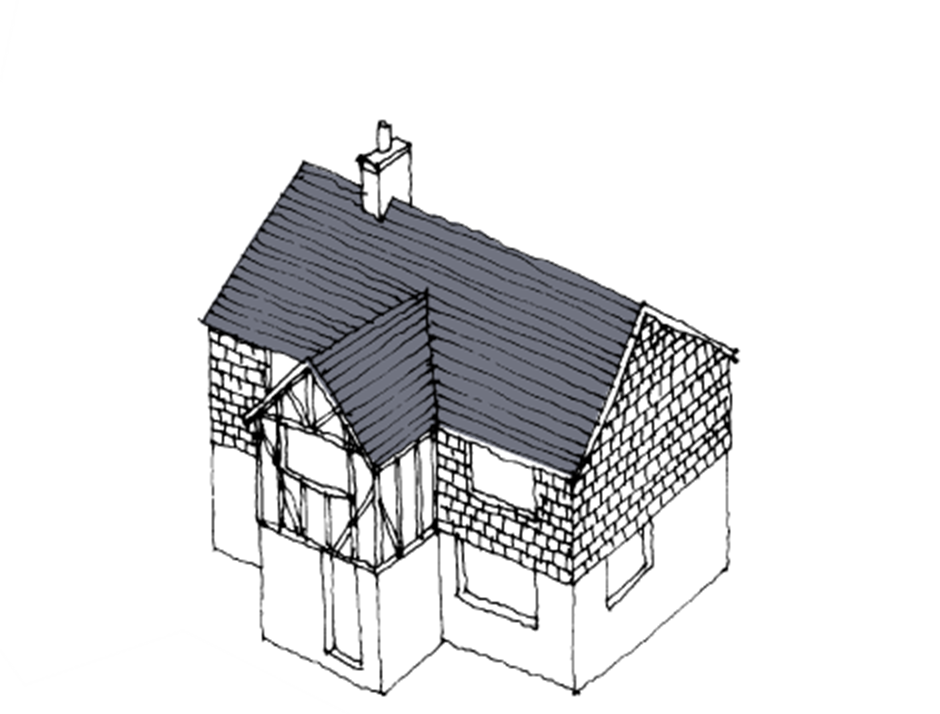
Appropriate Use of Materials Essex Design Guide
Vertical tiling guide. Setting out. Tiling to eaves & windows. Design Details to Abutments. Design detail to mansard, monopitch, timber frame & dormer side. Design Detail to Window Frames. Internal and External Corners. Verges and Winchester Cutting. Sussex Cutting & Soldier Course.

Tiling to the triangle at front of house DIYnot Forums
The laths are nailed horizontally across the vertical parts of the timber frame. The tiles are hung overlapping to give a triple lap, so the bottom of one tile laps the middle of the one below and the top of the one below that. Where the members of a heavy timber frame are spaced widely, intermediate studs are needed to support the laths.

Vertical Tile Cladding
Pro #2: Hanging Drywall Vertically Is Faster Than Horizontal. The main advantage of hanging drywall vertically is that it's faster. Hanging horizontally takes more time and effort. Hanging the dried walls vertically also makes measuring easier. With a horizontal layout, each board needs to be measured along its long edge which can be tricky.
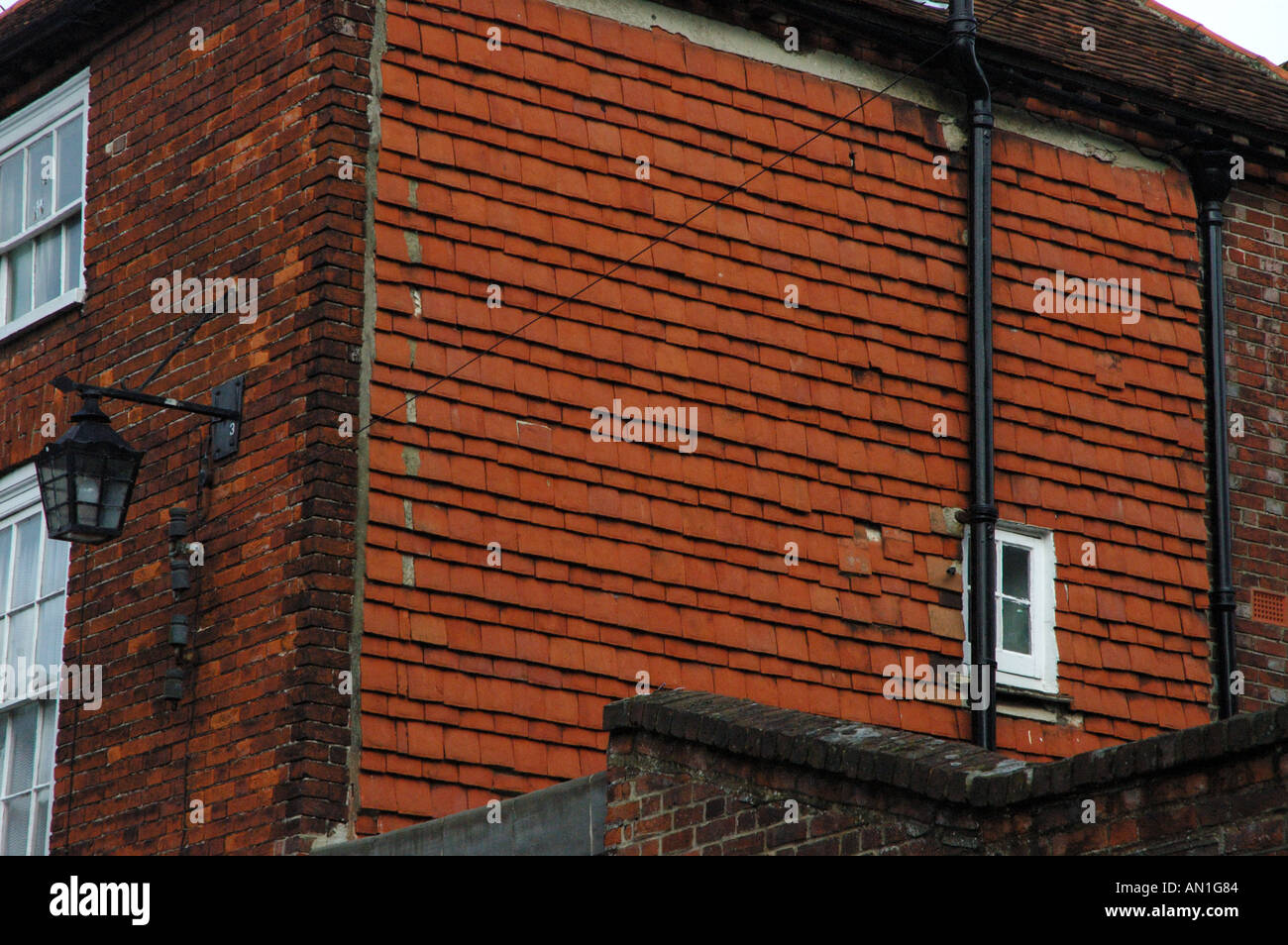
Slipped tile hires stock photography and images Alamy
Our understanding of tiles would not be complete without knowing their disadvantages fully well, too. Short life span: Tiles typically last four to five years. Fragile: These being light is wonderful. But, that advantage has its disadvantages attached. If anything hard fell of what is a tile floor or wall, it would break upon impact.
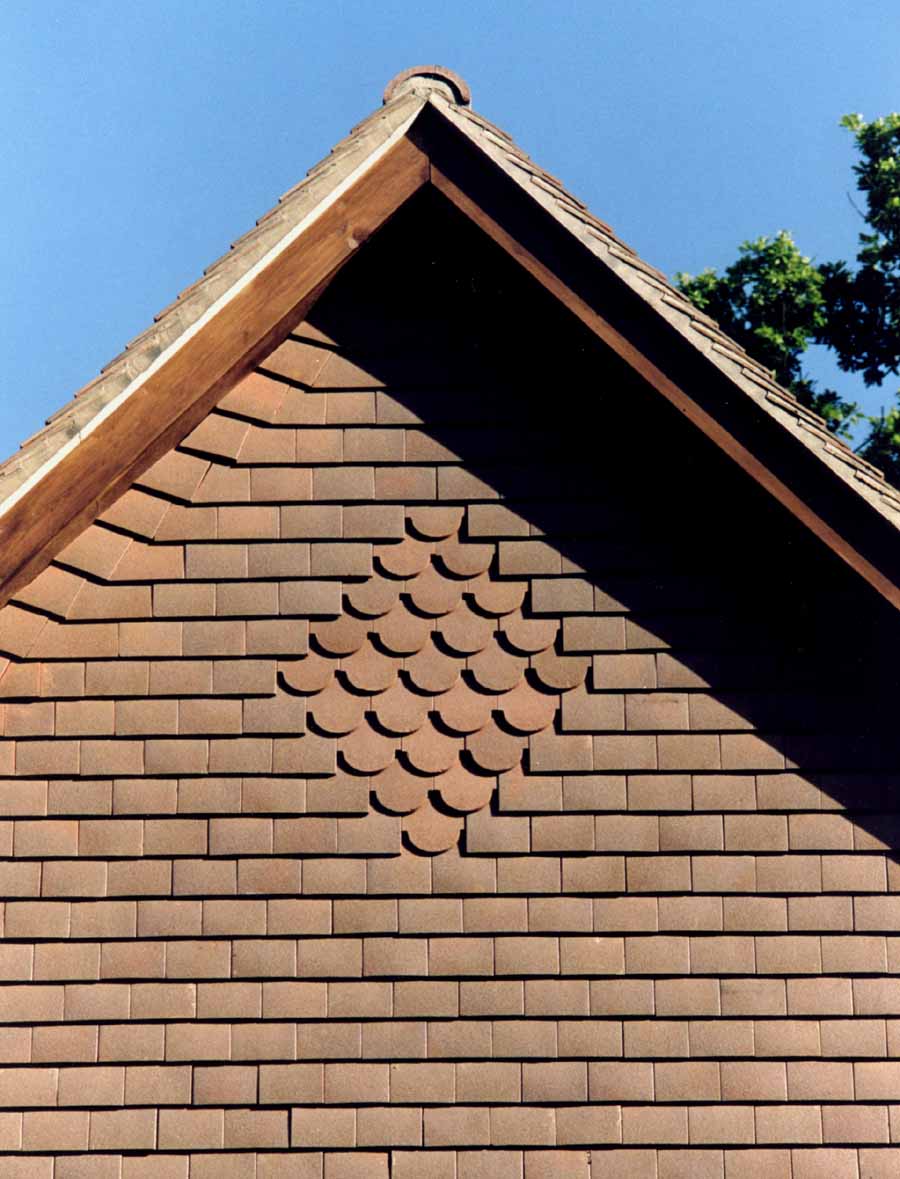
A Gallery of Vertical Tiling with Dreadnought Tiles
One major disadvantage of vertical gardens is the limited root space available for plants. In vertical systems, the plants are typically grown in containers or pockets attached to a vertical structure. As a result, the root systems of the plants can be restricted, which may inhibit their growth and overall health.

Vertical Tile Cladding
Yes, hanging drywall vertically improves work efficiency to a large degree. If you want a sleek wall without the look of patchwork, the vertical orientation of drywall is the way to go. And for a more custom look and lasting result for your interior wall finishing, the vertical orientation is a superior choice.
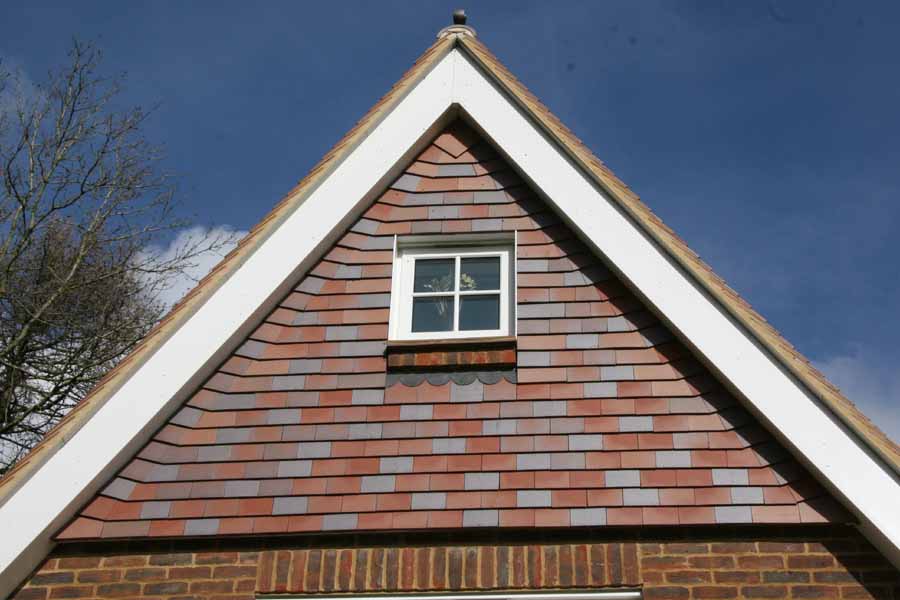
A Gallery of Vertical Tiling with Dreadnought Tiles
I can slide a new tile into place (under the tiles above) but not get it to hold. I cannot find a way of getting clout nails to stay in and fix. 'No more nails' doesn't work. The tile is immediately adjacent to the bottom of an upstairs window, and is a "tile 'n' half". The flashing under the window sill goes partly under the tile.

Tile Hanging A Guide to Cladding a Home with Tiles Homebuilding
When it comes to slate tile hanging it is best to use a smaller size slate (405 x 205mm is often recommended) as they are less likely to to be lifted in high winds than longer slates. These are then head nailed to 50 x 25mm battens to overlap two slates below. In addition to plain tiles, feature tiles are often mixed in to add interest to the.
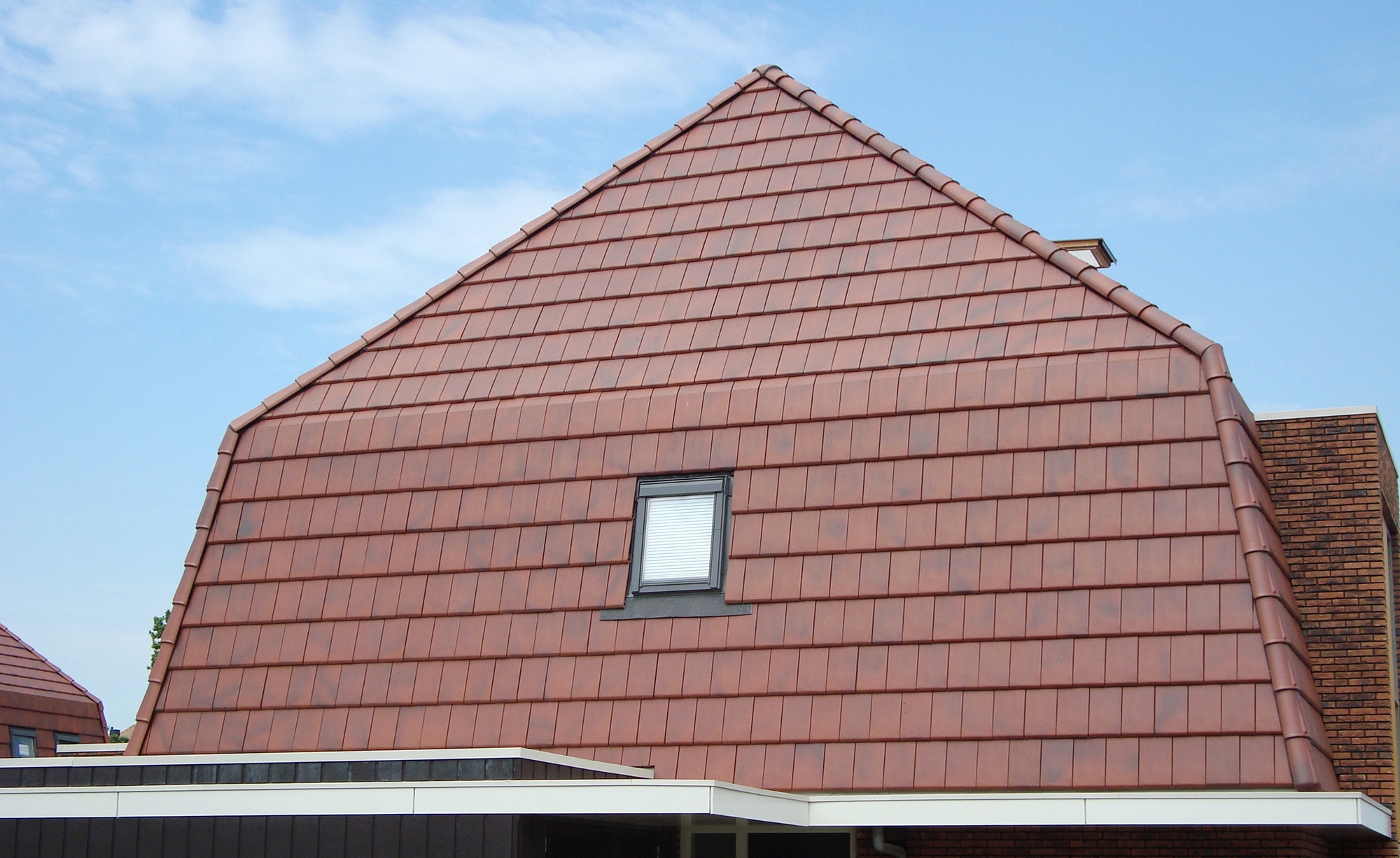
Vertical Tile Cladding
The advantages and disadvantages of horizontal and vertical tile layouts must be carefully considered when deciding which type to choose. Horizontal tiles create a wider look, making the room appear larger. However, it may be harder to hide any uneven surfaces or walls with this type of layout. On the other hand, vertical tiles can help draw.
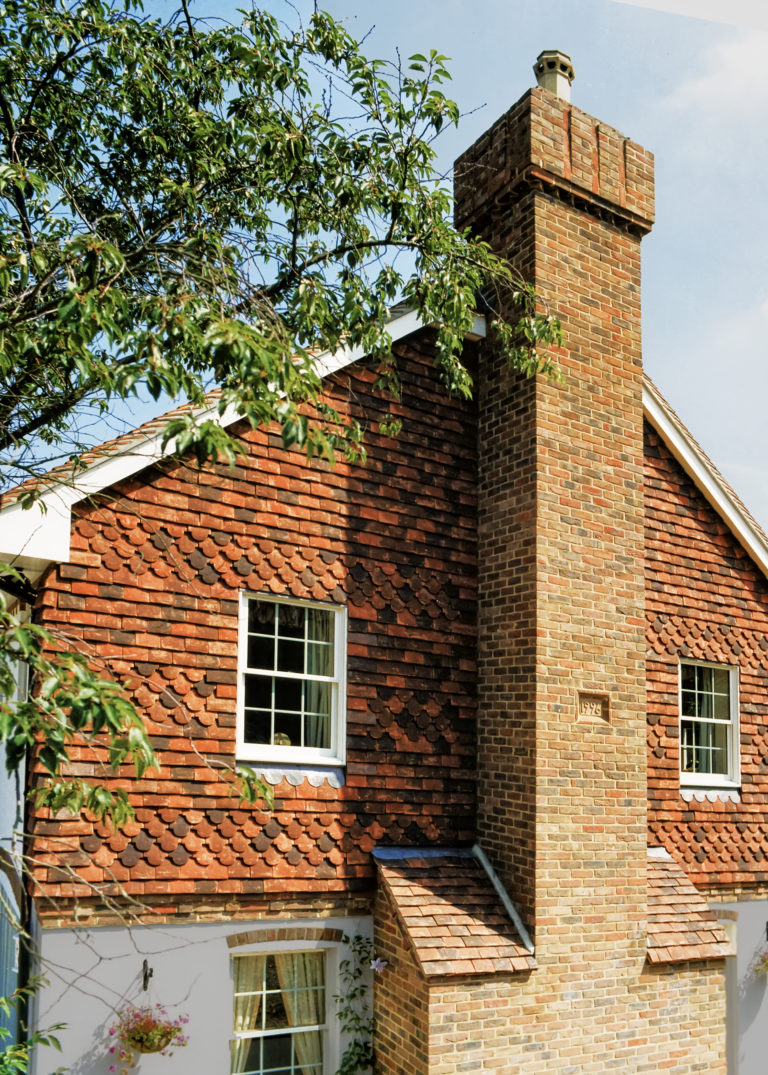
Handmade Clay Hanging Tiles Build It
Tiling to: Tiled Window Sill. Finish the battens below the window opening, so that the top tile course can fit underneath the window sill. Then, fix the creasing tiles using the broken bonded method onto a bed of mortar. This will be 1:3 cement:sand. Make sure the creasing tiles overhang the vertical tiles by 38-50mm.
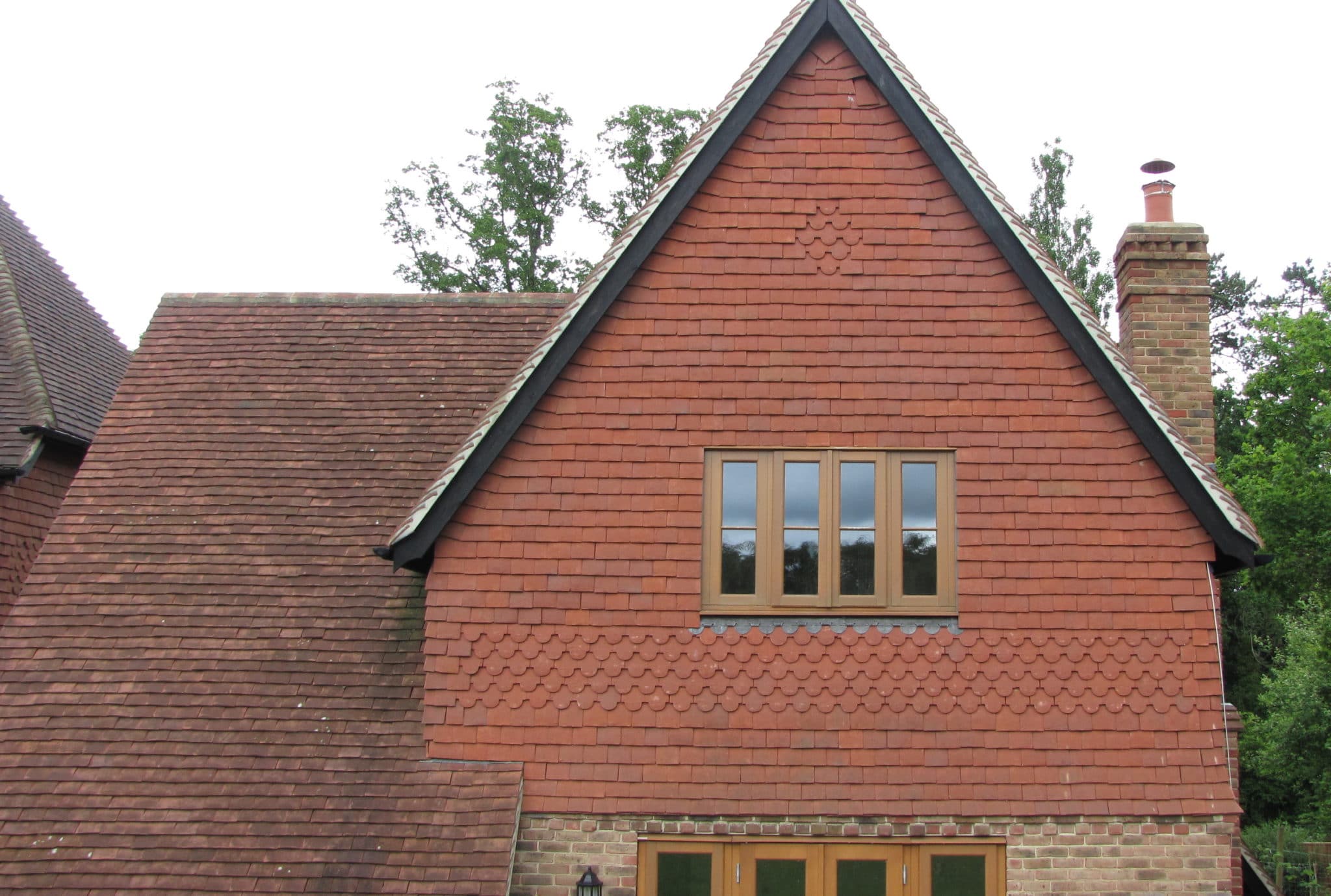
Handmade Clay Hanging Tiles Build It
Roof tiles were adapted for vertical tiling in the late 17th century, often to protect timber-framed buildings in south-east England from driving rain.. Leadwork also played little part in historic tile-hanging, with mortar fillets, for instance, being preferred to lead flashings below window cills. Occasionally, it may be acceptable to.